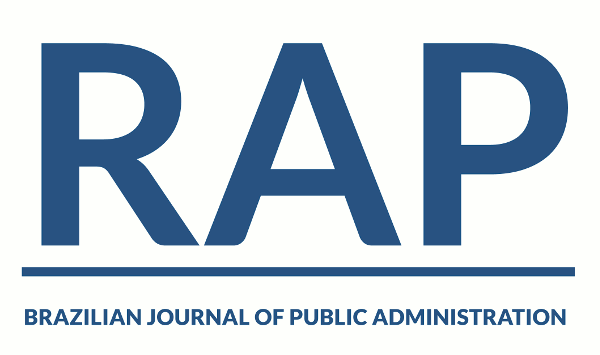Little discussion on impairment in the public sector has occurred in the academic context. Standardizing bodies have published pronouncements on this issue, but many doubts arise and remain unanswered. This article analyzes the particularities of Brazilian and international standards guiding impairment in the public sector: Gasb 42, Ipsas 21 and 26 and NBC T 16.10. The aspects analyzed were related to the impairment concept, the periodicity of applying the test, what assets it should be applied to and the recognition, measurement and disclosure process of impairment loss. The main divergences between the pronouncements are: Gasb 42 is based on principles instead of rules; the criteria Gasb 42 uses to calculate the fair value are similar to the criteria Ipsas 21 and 26 use to calculate the value in use; the replacement cost is used to calculate fair value in Gasb 42 and the outflow value in both Ipsas; only Ipsas 26 uses the figure of cash-generating unit; Gasb 42 does not permit the reversal of impairment loss and the Ipsas do not apply to revalued goods. Although NBC T 16.10 is already in force in Brazil, all public assets and depreciation need to be recognized and measured before this standard is applied
impairment; Ipsas; Gasb; fair value

 Impairment in the public sector: particularities of Brazilian and international standards
Impairment in the public sector: particularities of Brazilian and international standards











